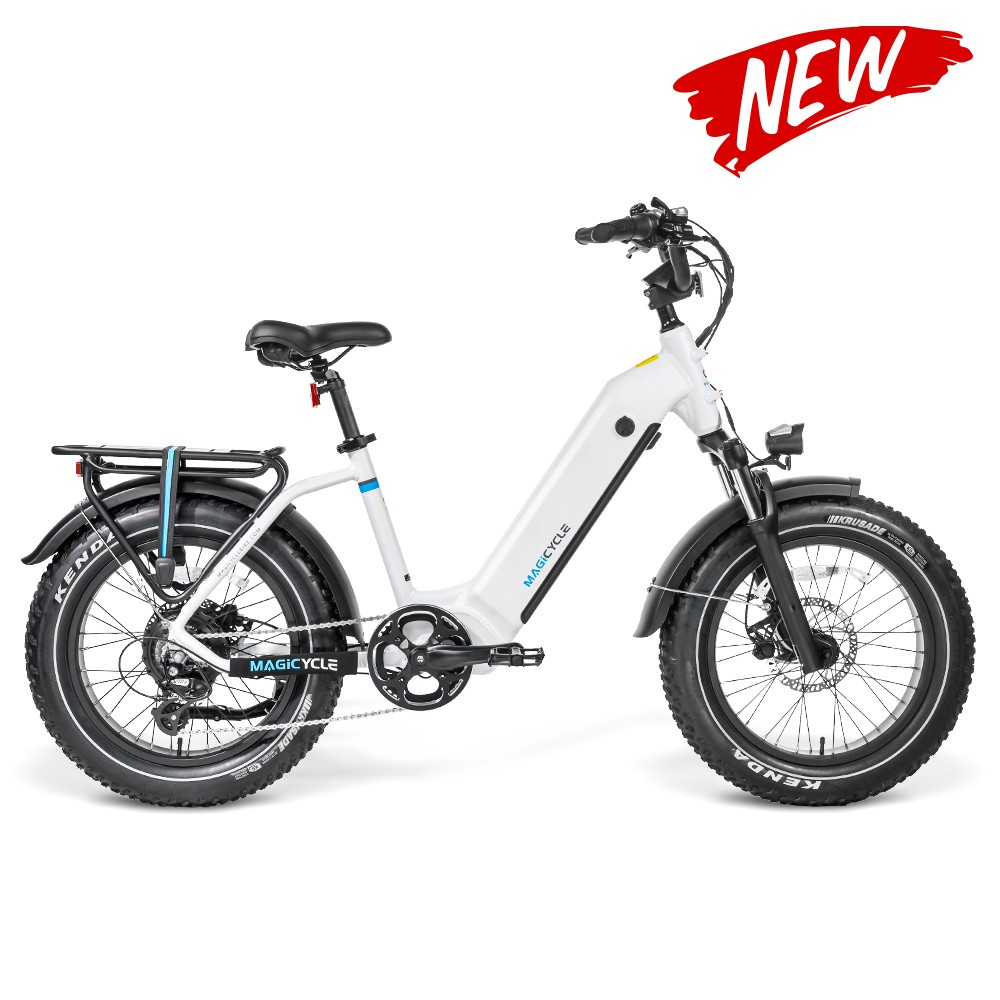Post
While most e-bikes come with chargers you can use at home, you may want another e-bike charger that you can use at work, or an e-bike charger that can either handle charging multiple types of e-bike batteries or that can charge your e-bike battery faster than the charger that it comes with. Or perhaps you need a replacement for your existing charger because it stopped working. Whatever the reason, these are the top chargers for all sorts of e-bikes and their batteries.To get more news about ebike battery charging, you can visit magicyclebike.com official website.
What to Consider
The most important thing to consider when looking for an electric bike charger is making sure it's compatible with the battery on your e-bike. A couple of important things to consider are finding a charger that meets your battery's voltage needs, the amperages the charger produces, and the connection it has for charging your battery or batteries.
Voltage
E-bike batteries generally have one of three voltages: 24 volts, 36 volts, and 48-52 volts. A charger should have a slightly higher top voltage than the battery it's charging. For example, a 36-volt bike battery can be charged by a charger that operates at up to 42 volts.
Amps
The amp rating of a charger controls how fast it can charge your battery. Models with higher amperage rates can charge batteries faster. Some chargers have fixed amp ratings, while others are adjustable. Some full-featured chargers, like the Satiator from Grin Technologies, are adjustable to each battery's charging needs and can adjust amperage throughout the charging cycle to help protect the battery.
Connectors
Different batteries have different types of connectors. The majority of batteries for e-bikes have one of a few types of connectors for charging. The most common is the DC barrel connector, also found on many low-voltage transformers you use at home. Another is the XLR Connecter, which is a series of connectors like those used to connect microphones and music equipment, and which can carry higher voltages. Other connectors include the XT90 or XT60, which can carry higher currents. Some more modern connectors are quick-release connectors that are proprietary to the bike or battery brand, like Shimano or Bosch. In those cases, you'll need a charger from that company. In case you don't know what type of connector your battery has, Grin has a list of connectors commonly used here.
Battery Type
The most important considerations when buying a charger for your e-bike battery are listed above, but the type of battery you're charging is important, too. More and more batteries used on e-bikes are lithium ion or polymer batteries or nickel metal hydride (NiMH) or cadmium (NiCad), although bigger e-cycles or trikes may still use lead acid batteries.
When using a battery charger for your e-bike, it's important to unplug the battery once it's full. Leaving a battery on the charger for too long will keep it cycling and topping the battery off; over time, this can reduce how much overall charge a battery will hold. Some smart chargers claim to do this already, but it's still a good idea to unplug them when they're not being used.
We don't recommend charging an e-bike via a vehicle unless you have a high-output inverter or AC plug in it, as e-bike batteries have higher voltages than car batteries. Similarly, we don't recommend charging an e-bike directly from a solar panel unless you have an intermediary battery bank.
How We Selected
We based our choices on a number of factors, chiefly glowing expert reviews and e-bike charger companies with stellar reputations. We also selected the chargers listed below based on current availability, and all of the models you'll find below have average customer ratings of at least 4 stars.

komentarze

Opis

Kategorie

Tagi









